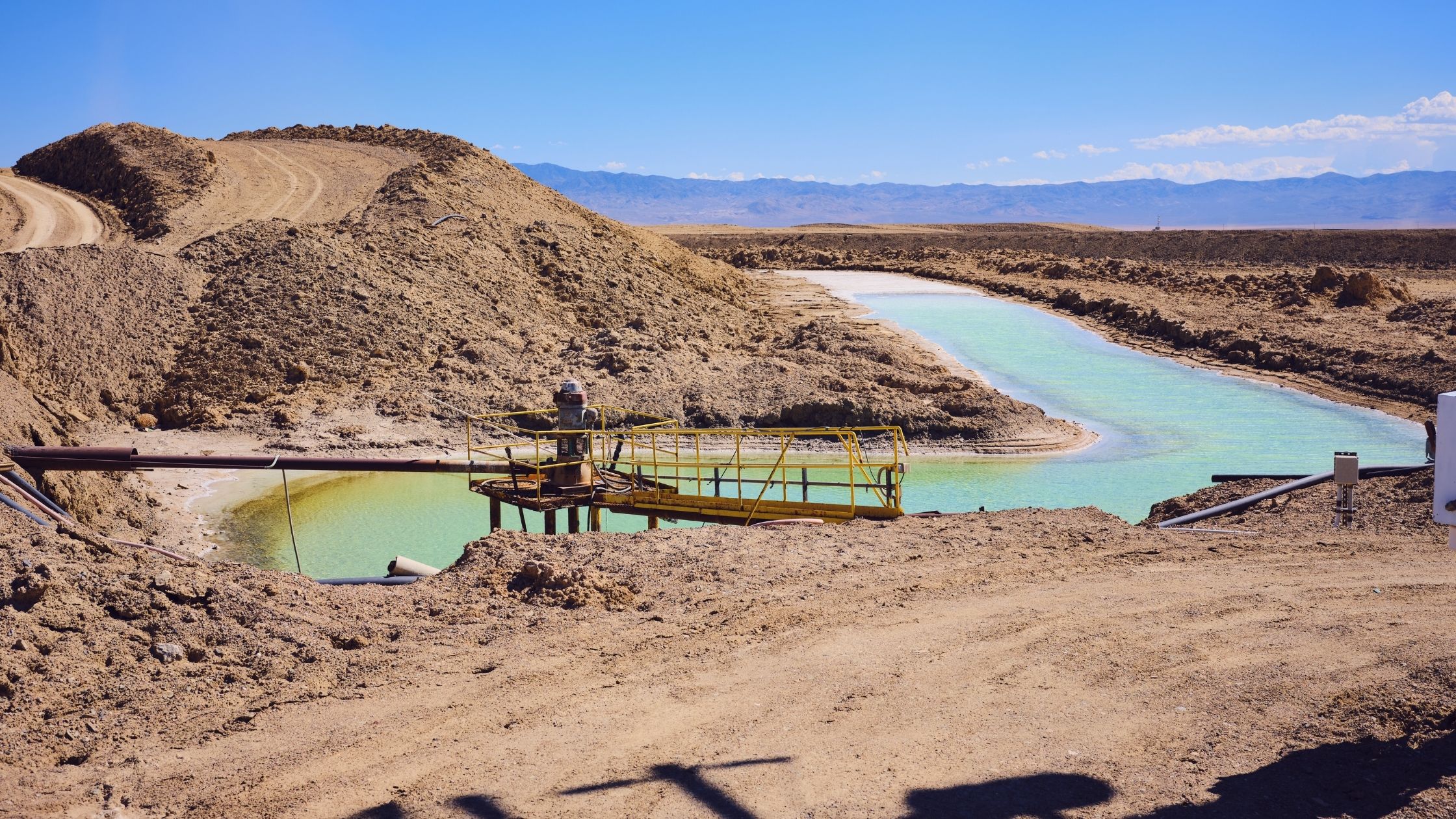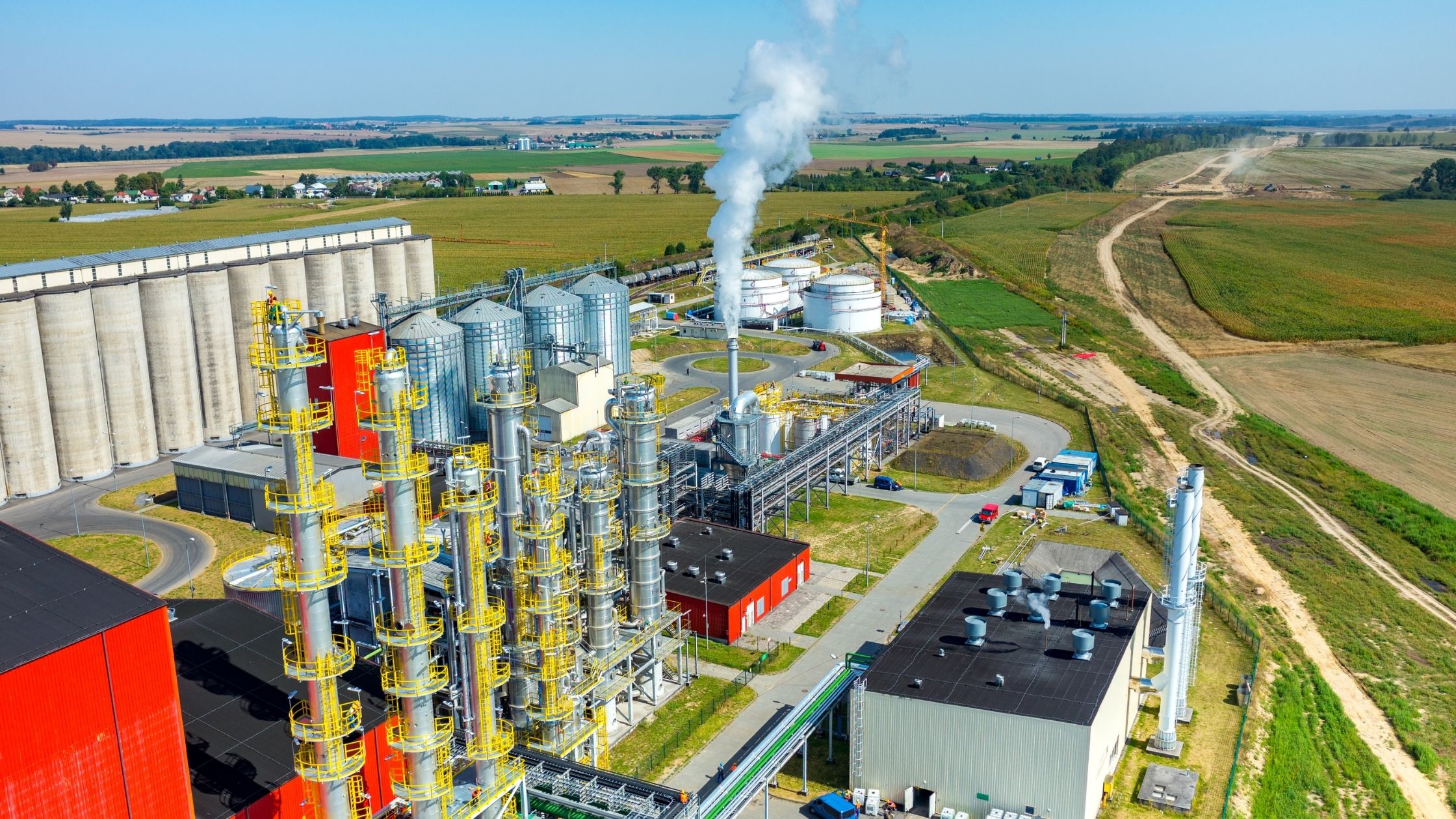
How to navigate your plan for net zero
What’s happening? The Science Based Targets initiative (SBTi), which allows businesses to set emissions-reduction targets based on climate science, has published a new research paper on net-zero targets for financial institutions. The Net-Zero Foundations for Financial Institutions paper provides concepts for the creation of net-zero targets for banks, asset owners and asset managers. The paper addresses a standard definition for net zero, the use of offsets and carbon credits, and fossil fuel phasing out. (IFA Magazine)
Why does this matter? An increasing number of financial institutions are setting net-zero targets. At COP26, financial institutions (FIs) managing roughly $130tn in assets pledged to achieve net zero by 2050. However, there is currently no clear standard on evaluating and validating these pledges. Consequently, stakeholders can find it difficult to compare goals and analyse whether FIs are acting sufficiently to achieve net zero by 2050.
Inadequate targets – The Net Zero Asset Managers Initiative (NZAMI) fell foul of these inconsistencies and faced scrutiny after research found that the effective decarbonisation outcome from signatories’ pledges would only be a 20% reduction in emissions by 2030 – far below the 50% cut that NZAMI was targeting.
What has the SBTi proposed? The SBTi’s Net Zero Standard for financial institutions aims to create alignment across the industry by providing common language and concepts for net-zero target-setting. SBTi has outlined two conditions which must be met for FIs’ targets to be compatible with reaching net zero. The first is that all financing is aligned with pathways that limit warming to 1.5C. The second condition is that residual emissions must be neutralised by financing activities which permanently remove an equivalent amount of CO2.
Carbon offsets – The extent to which carbon offsets can be used to reach net-zero goals has been an area of confusion. The SBTi has said that carbon credits cannot be used by FIs to meet near- or long-term SBTs. However, according to the SBTi, FIs can use carbon credits in addition to reducing emissions along a science-based trajectory.
How will fossil-fuel financing be addressed? Reduction in the production and use of fossil fuels is critical in achieving net zero, yet global banks provided $742bn in finance to fossil fuel companies in 2021, according to the Rainforest Action Network (RAN). This figure is only marginally less than the $750bn invested in fossil fuels in 2020. The SBTi has said FIs must address the role of fossil fuels in financing activities when setting net-zero targets and proposed a disclosure, transition and phase-out approach for this.
To facilitate this exit from fossil fuels, the SBTi said FIs should first disclose fossil-fuel related financing activities, then engage with fossil-fuel firms to adopt net-zero targets and finally plan to divest from companies unable or unwilling to transition to net zero. According to the SBTi, FIs should phase out financial support for existing coal assets by 2030 and existing oil and gas assets by 2040, for firms which are not on credible transition pathways.
Has the SBTi developed a standard for corporates? Yes. The SBTi’s Net Zero Standard for financial institutions builds on the SBTi’s Corporate Net-Zero Standard, which was launched in October 2021 and is the world’s first science-backed certification of corporate net-zero targets. Most firms will need to achieve decarbonisation of 90-95% by 2050 to reach net zero under the standard.


